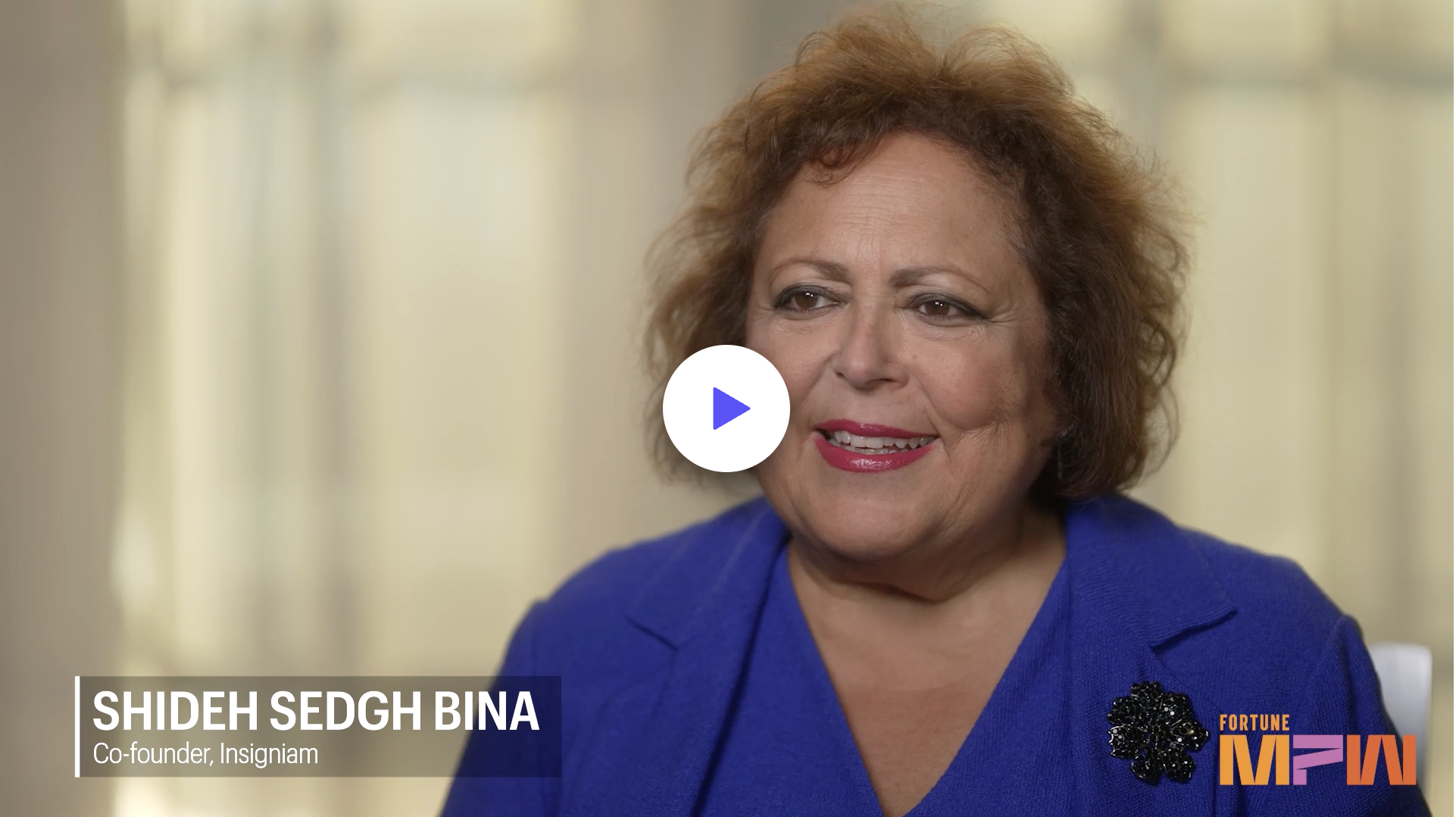Crafting a Strategic Transformation
It takes courage to even begin exploring reinvention. The process always starts with an element of risk: When you pose complex, difficult questions, you don’t know what answers you’ll discover. And when you reinvent yourself, it means committing to a completely different way of life.
I left my previous life as a top executive after 25 years. I didn’t just quit—I reorganized my department to eliminate my job. It wasn’t a matter of being unhappy; it was a matter of reclaiming my own authenticity and integrity. People thought I was crazy. But if you want to transform an organization—or yourself— you don’t start something new on top of what’s old. You have to examine the current paradigms and then deconstruct them. That’s when reinvention begins.
I left my previous life as a top executive at Penn Mutual Insurance Company after 25 years. I didn’t just quit—I reorganized my department to eliminate my job. It wasn’t a matter of being unhappy; it was a matter of reclaiming my own authenticity and integrity. People thought I was crazy. But if you want to transform an organization—or yourself—you don’t start something new on top of what’s old. You have to examine the current paradigms and then deconstruct them. That’s when reinvention begins. Share on X
The year I left Penn Mutual, the government of Philadelphia, then on the brink of bankruptcy, was undergoing a reinvention of its own. As a parting gift and in recognition of my boldness in eliminating my own job, Penn Mutual paid my salary to join a task force of 32 area senior executives to re-engineer the way the city does business, from IT to procurement to talent management. While the city of Philadelphia operates in the public sector, there are benefits to running it as a private-sector business. We saved the city by saving wasted money through strategic transformation. The city eliminated $160 million of annual expenses when it acted upon our recommendations to revamp several of its departments and processes. We brought a private sector business paradigm to a city government and in doing so helped transform the city of Philadelphia.
In the public sector, where leaders are accountable to the whim of the voters, there are huge barriers to making sweeping changes. Residents, as well as government workers, hold preconceived notions about what should or shouldn’t happen and can be resistant to change. But in helping to reengineer the city, I had to honestly assess its processes and not take what people told me at face value. It wasn’t that I didn’t trust them—I simply had to sift the facts out of each person’s perspective to reveal the true state of affairs and the best path forward.
At Insigniam, we do that by interviewing people. We listen and say very little. I’m always surprised by how candid people are and how much they really want to be part of major change, even when they say they’re not ready for it. That’s what happens in the final analysis: We unhook people from the paradigms they’ve been operating within. We take people’s thinking to the future and then build a bridge back to the present. In doing that, we stimulate creativity and thinking. And that’s where we find ideas with the power to transform reality.



